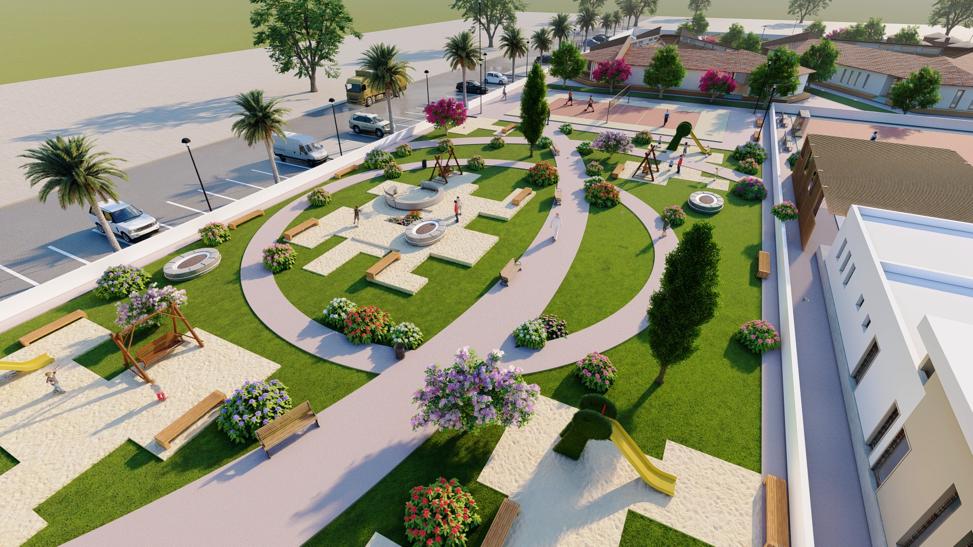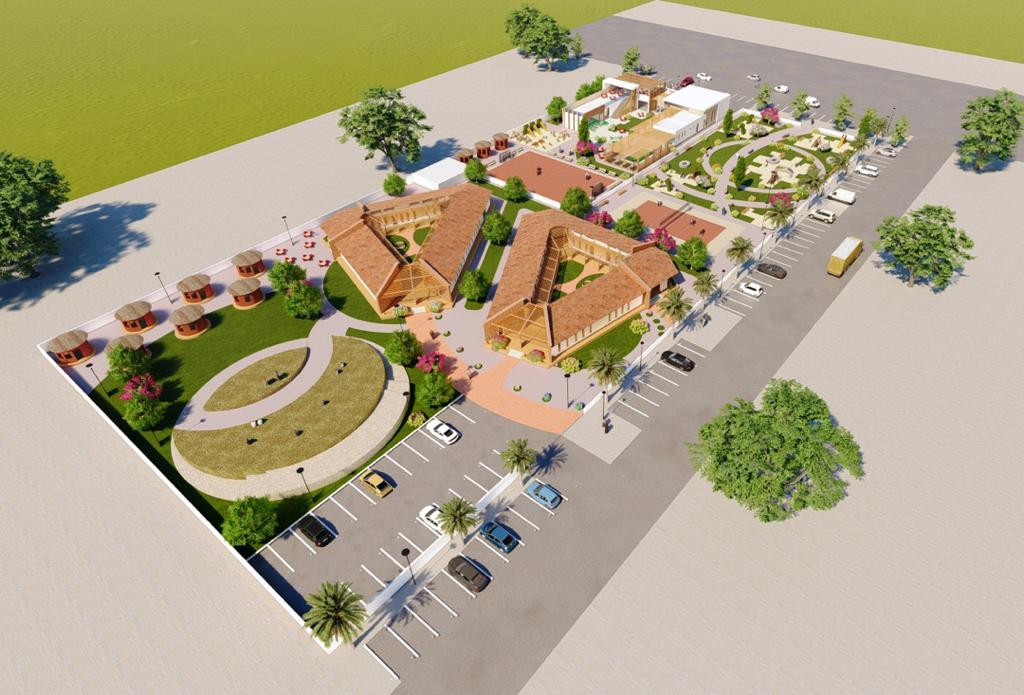The Mycetoma Cultural Heritage Village

This project aims to create an enabling environment for the mycetoma amputees and disabled patients by what is so-called the Mycetoma Cultural Heritage Village (MCHV), in where they shall be prepared to lead a new life of being productive, self-reliant and confident. It is a market, business development place, and entertainment area, where amputees and disabled patients mix with visitors coming for shopping or entertainment. The Village is an area of 75,000 square meters next to the Mycetoma Research Centre, Khartoum, Sudan donated by Soba University Hospital to construct the MCHV.
The Village will be composed of a handcraft vocational training centre, Sudan heritage exhibition, Sudan traditional medicine exhibition, open theatre, cinema, gallery, exhibition halls, café, flowers nursery, small farm (animals, vegetables, fruits), gym, children playground, open gardens and Sudanese huts (cottages).
In the Village, amputees and disabled patients, learn and develop income-generating skills, perform and upgrade their talents, sell their products and serve to visitors. The handicraft products, artisan work and paints, drama, theatre activities and other services will be provided to visitors in the Village mostly by the amputees and disabled patients.
The training centre (workshop-like), will provide training on various Sudanese handcraft industry, artisan-work and qualify amputees on business development skills to become professional entrepreneur and ready to establish small developing enterprises.

The project is expected to increase the visibility of the Sudanese cultural heritage locally and internationally as the produced handcraft will be shown at the village traditional Bazar and exported oversees.
The project expected results will include self-confidence and integration of many mycetoma amputees and disabled people as productive society members. Reduce poverty, illiteracy and stigma. Increase public awareness about the Mycetoma disease. Funds generation to pay for treatment of other mycetoma patients. Disabled persons from other neglected tropical diseases will benefit from this project in the future.
The project total estimated cost is around 723,808 US$. The revenue of these products will be shared by the trainees and the Mycetoma Patients Friend Association to support other mycetoma patients under treatment. The overall revenue generated from the Village is expected to cover the project operation cost in the future.
